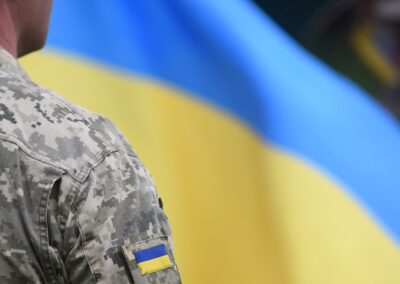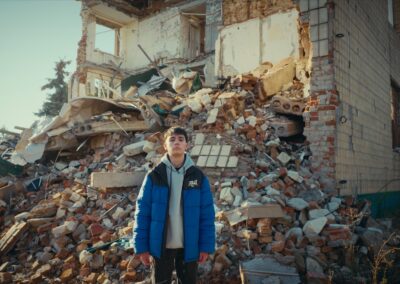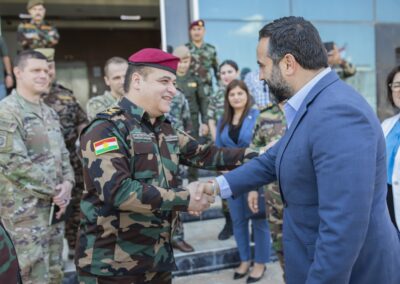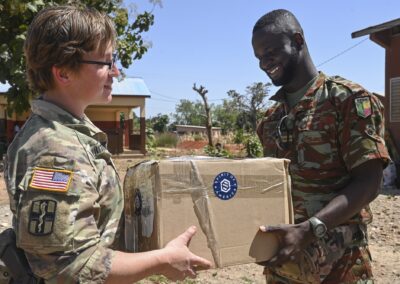The Aral Sea: Where the Soviets made a desert, Americans and Central Asians are partnering to restore life

To experience the environmental legacy of the Soviet Union, you can travel to Central Asia and take a walk across the windswept desolation where the Aral Sea used to exist before Soviet planners turned it into a desert. Billions of shells cover what is now a dried lakebed. Crusted salt runs through the cracks in the baked earth that used to be under 80 feet of water.
My colleague Maya and I just returned from Kazakhstan where we saw the impact of that legacy, but also the opportunity for a better future through cooperation between American and Central Asian scientists, Spirit of America, and the US Agency for International Development (USAID). Together, we are bringing life back to a place the Soviets had left for dead.
Once the world’s fourth-largest lake, the Aral Sea disappeared over three decades as the Soviets diverted its source rivers to serve Moscow’s regional irrigation schemes. In a single generation, communities that once thrived by fishing found their boats stranded and rusting in the desert. Today, only 10% of the Aral Sea remains. Beyond the impact on livelihoods, the dried bed of the Aral Sea now poses a major health risk for millions of people across Central Asia. When the sea dried up, it left behind salt and the chemical remnants of decades of intensive upstream agriculture — every year, storms pick up 100 million tons of that toxic dust and spread it across the region.
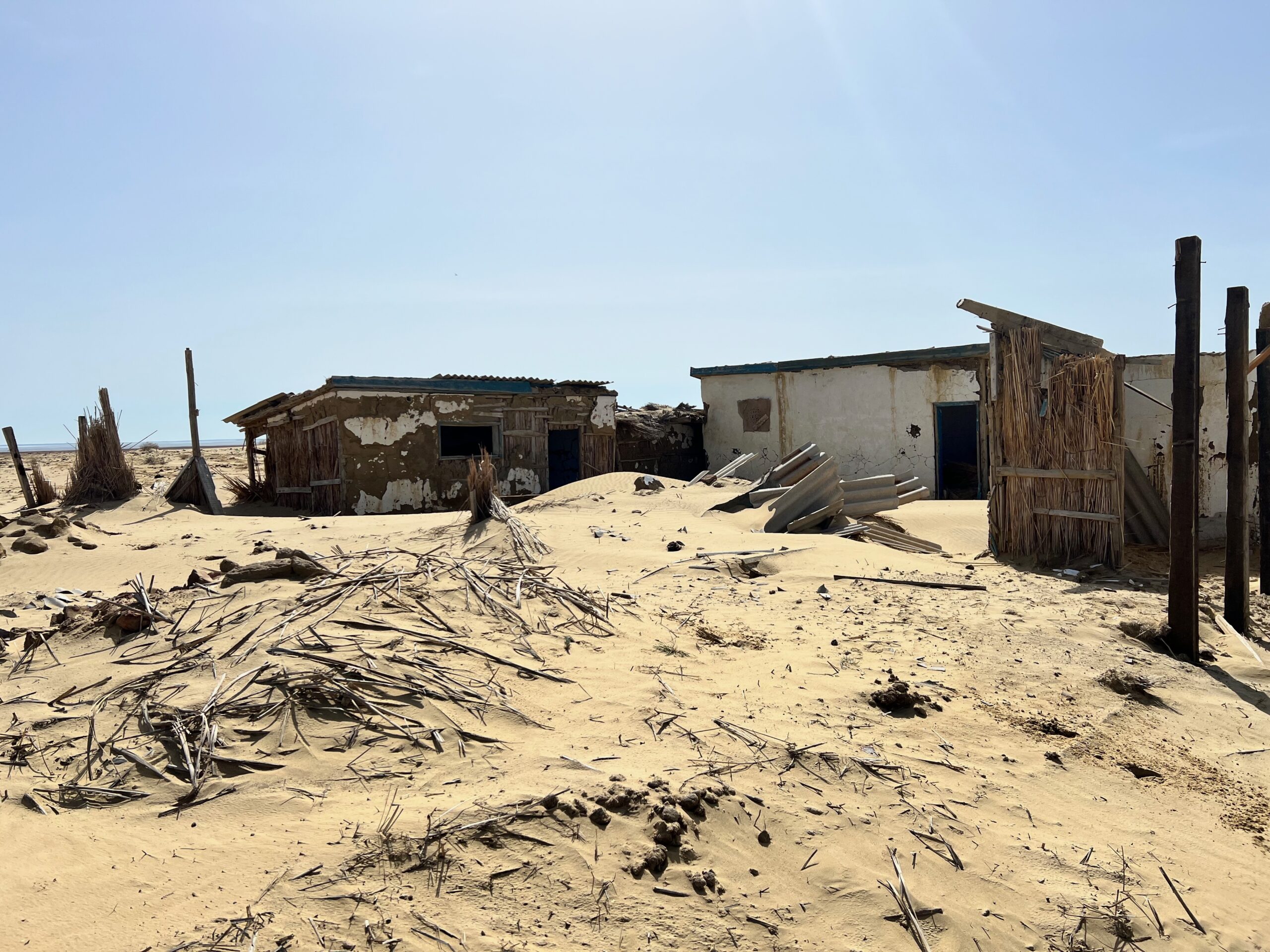
The Legacy of the Soviet Union: A desert where the Aral Sea used to exist
As we see so often, local communities have the best ideas for recovery. In Kazakhstan, people living near the Aral basin have identified a natural tool to mitigate dust storms: the black saksual bush. A fully grown black saksual can prevent erosion by securing up to four tons of soil to the ground, keeping dust from the air and preventing the desert from overtaking villages. The black saksual is extremely hardy and capable of growing in the dry, saline soils of the desert, the first step in bringing life back to the region.
Two years ago, American development experts at USAID’s Mission in Central Asia partnered with the International Fund for Saving the Aral Sea to help the region recover through the “Oasis” project. Through the Oasis, the US and Central Asian partners are working to plant black saksual at scale. Doing this will reduce erosion and dust storms, protecting the health of millions of people across the region
There was a problem, however. The Oasis site was over 10 hours from the nearest saksual nursery, including three hours completely offroad. The distance was threatening the long-term sustainability of the project. For the project to succeed, USAID and Central Asian scientists needed an on-site nursery capable of raising saksual plants from the seed. This would enable more saksual to be planted, survive, and help restore the environment.
This is where Spirit of America stepped in.
Working with USAID and our Central Asian partners, Spirit of America constructed a 2-hectare nursery capable of delivering 100,000 saksual saplings per year to the current Oasis project, as well as future sites. This nursery will have asymmetric impact in the years and decades to come, supporting other international efforts to scale up the planting of black saksual for the region’s recovery.
At a ribbon cutting for the nursery, I was proud to join US Ambassador to Kazakhstan Dan Rosenblum, the Spirit of America team, USAID, and partners from across Central Asia to mark this milestone in the region’s recovery.
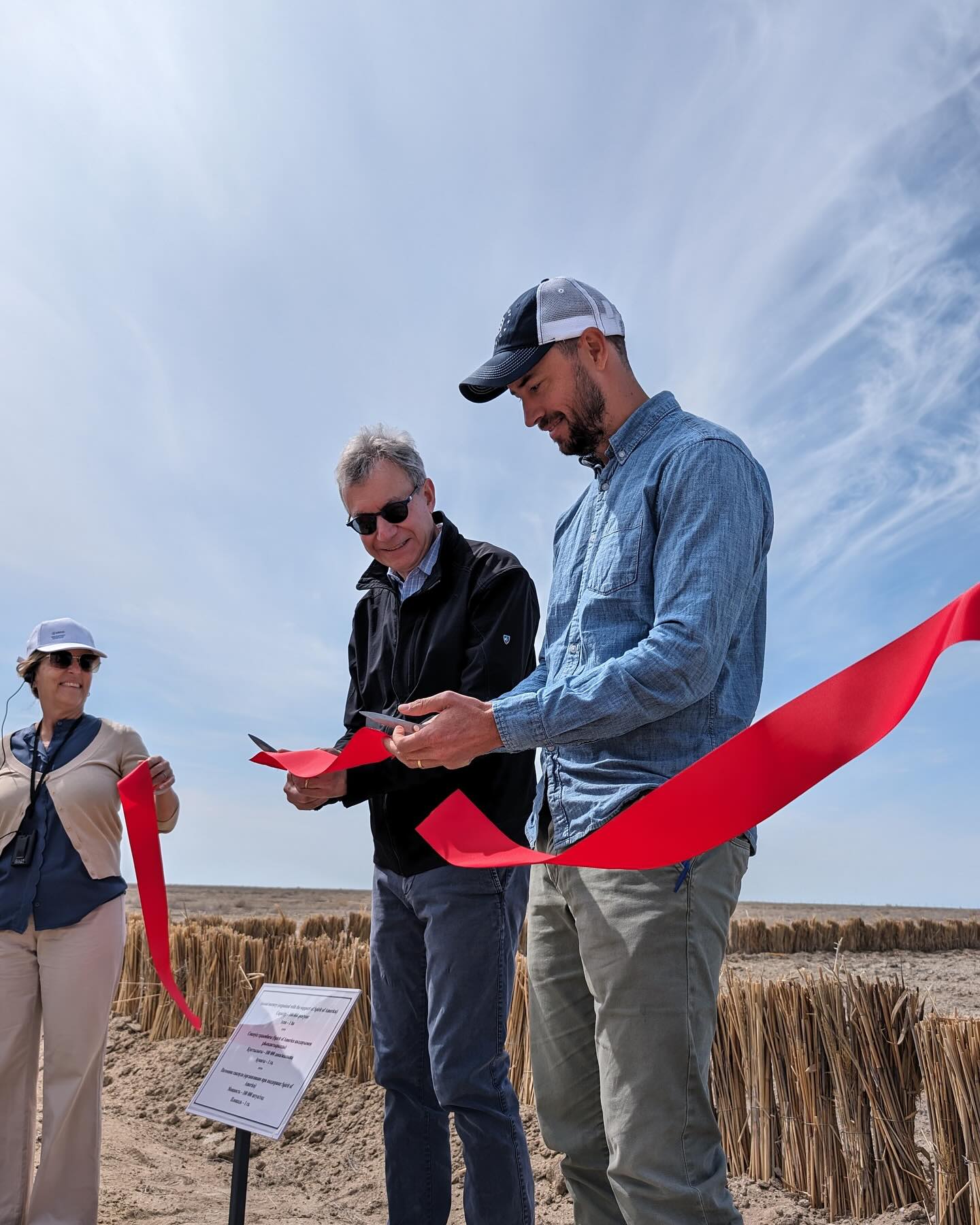
US Ambassador to Kazakhstan, Daniel Rosenblum, and Spirit of America Regional Manager Alex Ebsary open the Oasis Greenhouse in the Aral basin
The story of the Soviet destruction of the Aral Sea is a tragic one for Central Asia, but we believe there is also a story of hope and recovery that more people need to hear. That’s why we invited some of Kazakhstan’s most popular social media influencers to visit the Aral Sea with us and help us tell our story of recovery and partnership. The story resonated: through Instagram and TikTok, over 1.1 million viewers across Central Asia learned how partnership between America and Central Asia is helping the region heal.
Working with US military and diplomatic partners, Spirit of America helps build opportunity for a better future in Kazakhstan and countries around the world. Your support provides immediate, lifesaving impact. Make a gift now.

Alex Ebsary joined Spirit of America as a Regional Program Manager for the Middle East and Central Asia. He brings more than a decade of experience working at the intersection of international relations, development, and humanitarian assistance.

